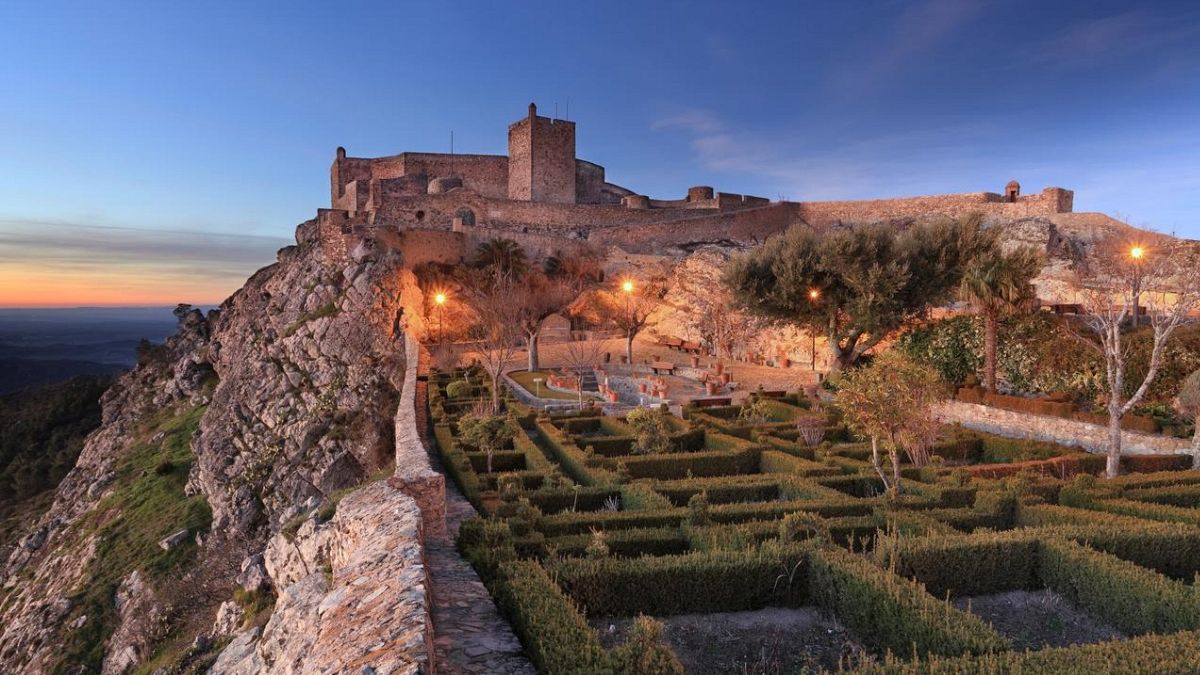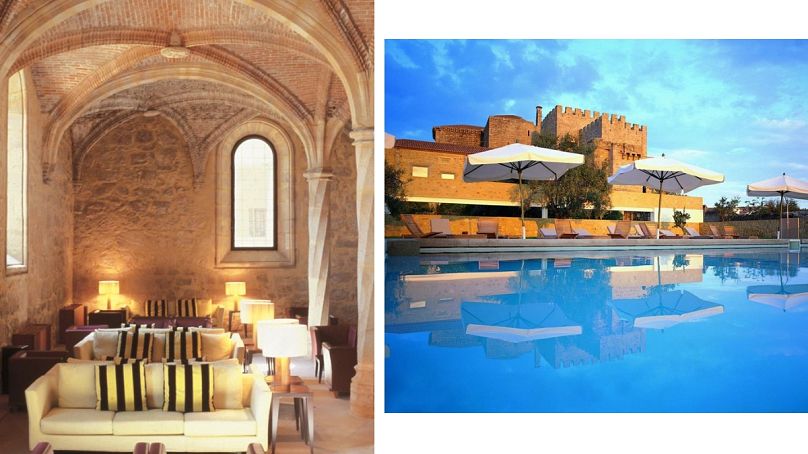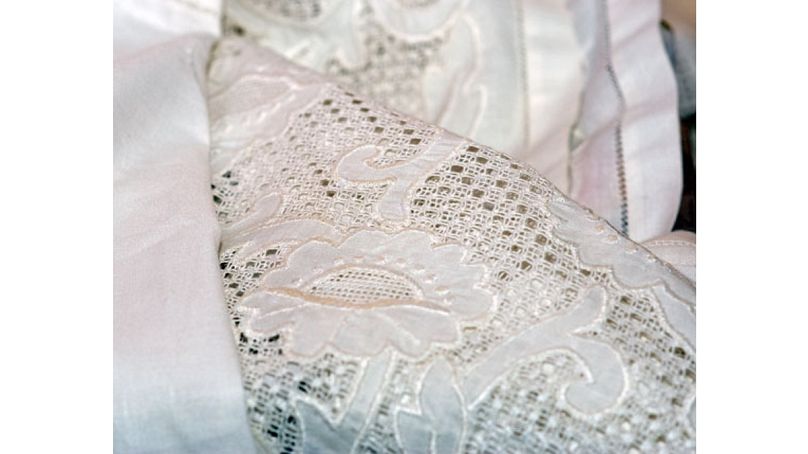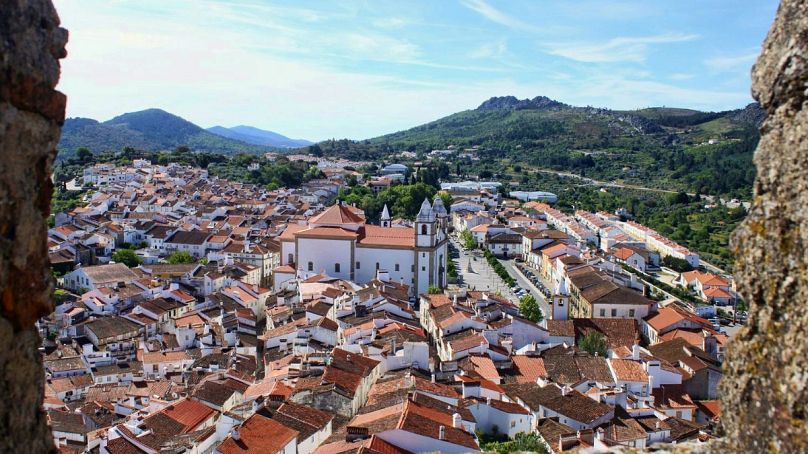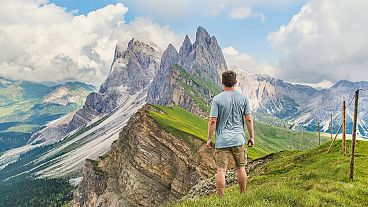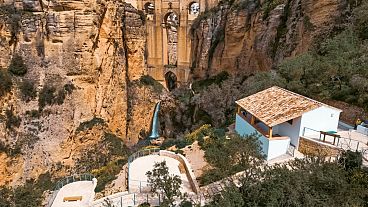We explore the area's idyllic hotels, historic sites and mind-expanding arts and crafts institutions.
Fortified medieval towns. Sweeping plains dotted with gnarled chestnut trees. Hilltop villages where white-washed houses flank crooked streets. Southern Portugal’s Alentejo region is blessed with looks to rival those of rural Ibiza or sun-drenched Andalucia – with the bonus of being further from the beaten tourist trail.
Sandwiched between sun-seeker favourites the Algarve and Lisbon, this sparsely populated and predominantly agricultural area makes up around a third of the country. Its name means ‘beyond’, and it really is: beyond the Tegus river, beyond the mountains of Monchique, and beyond belief in terms of rugged, history-steeped beauty.
The best time of year to visit is Spring, when the gently rolling hills come alive with wild flowers and temperatures allow for hikes up into the mountains. Walk through tawny wheat fields crowned with expansive skies, before ascending to derelict monasteries with views of cork plantations below.
There’s more to Alentejo than UNESCO status and breathtaking panoramas, though. A rich craft heritage means that artisan tapestries, crochet, embroidery and stone pottery in an ancient tradition are in abundance here, and can be discovered at Nisa’s Museu do Bordado e do Barro or Portalegre’s Museu da Tapeçaria.
These are our top picks including idyllic hotels, historic sites and mind-expanding arts and crafts institutions.
Where to stay in Alentejo?
This imposing monastery fortress has been tastefully renovated into upscale accommodation. Located in the village of Flor da Rosa in the county of Crato, it’s a melting pot of different architectural styles, and is comprised of a trio of buildings: the original Gothic church, the Gothic castellated palace (with various alterations from the 1500s onwards) and the monastery grounds rendered in Moorish and Renaissance styles.
To really live like a king, the master suites are made entirely of stone, with stunning town and lowland views, pretty balconies and comfy canopy beds. Outside in the lovingly landscaped grounds, guests can catch rays on the sun-splashed terrace before cooling off in the outdoor pool. Master suites €270 per night.
Pousada Flor da Rosa in Crato | Book now
Located in Marvão, a fortress village 860 metres above sea level, Pousada de Marvão overlooks caramel-coloured mountains and green plains. Made up of four white-washed traditional cottages, it’s charming and homely in style and atmosphere, without scrimping on attention to detail. Rooms are decorated in a stripped back, elegant take on country style – think ornate wooden furniture, beds with tall hand-painted headboards, traditional rugs, floral fabrics and dark beams. Mod-cons include an LCD TV, free Wi-Fi, minibar and air conditioning. From €114 per night.
Pousada de Marvão | Book now
What to do in Alentejo?
Discover Nisa, city of pottery, embroidery – and cheese…
Nestled within Alto Alentejo, the city of Nisa is surrounded by lush green landscapes (it’s a good base from which to start any number of hiking trails through the surrounding fields and villages) and is known for lace, rust-red pottery, and a variety of tangy cheeses made from raw sheep’s milk, best enjoyed with a cold glass of white wine.
Delve into the municipality’s craft heritage at Museu do Bordado e do Barro, which showcases the city’s stone ceramics. Made in an ancient and distinctive style, the traditional clay pieces are adorned with stippled white floral motifs.
Embroidery in this region is arguably the most skilled and historic in the whole of Portugal, its alinhavados – translating to ‘basted’ – originating from the embroidery styles of 15th century Italy. There are countless other styles on display, from intricate coberjões (embroidered blankets) to exquisite needle-point lace.
Learn about heritage tapestry-making at Museu da Tapeçaria
Take a trip to the upland town of Portalegre and visit this beautiful museum, hung with vibrant tapestry works from the nearby tapestry factory. The creations here are made in a unique ‘art tapestry’ style – that is, paintings reproduced in detailed tapestry form. Makers work with over 7000 colours of threads, which can be viewed at the museum. Separate visits to the factory itself can be organised, but advance booking is required.
Walk the historic streets of Castelo de Vide
There are all kind of historic joys to be discovered in this 14th century hilltop castle town, which hugs the foothills of the São Mamede natural park. Mosey down its criss-crossed cobbled alleys, bordered by red-roofed white houses, and explore the Jewish quarter, which dates right back to the Middle Ages and is home to the oldest synagogue in Portugal. The castle itself was erected by order of Dinis, king of Portugal (1279–1325), and the views of the surrounding green hills and jagged rock formations are spectacular.
Explore the fortress village of Marvão
Around 14 kilometres (a 20-minute drive) from Castelo de Vide lies the medieval mountain-slung village of Marvão. Blessed with a 360-degree panorama of the hills, olive groves and verdant plains beyond, its steep flower-lined streets lead to an ancient castle where kestrels nest in the old stone walls. There’s also a domed parish church, Jerusalem chapel and four-arch Roman bridge, where Jews once fled from Spain during the Inquisition. A precariously perched gem, with bags of history.
Book a horse riding lesson at Alter do Chão Stud
Spread over 800 hectares of wild countryside and dotted with peach-toned farm buildings, Alter do Chão Stud’s horse training history dates back to 1748, when it was established by King D. João V to breed and prepare horses for the royal riding school. Tour the stables and museums, learn about the characteristics of the Lusitano horse – chosen for the royal riding school on account of its powerful physique and gentle, intelligent character – or book a lesson with one of the world-leading instructors at the riding school.
Words: Mary-Jane Wiltsher
